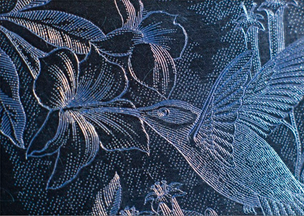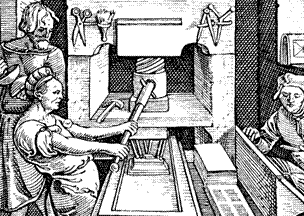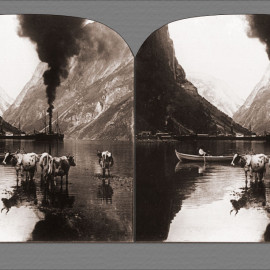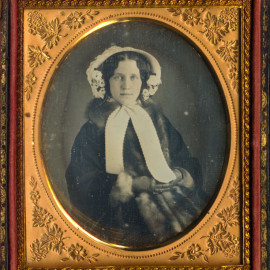The Beginnings of Print
Woodcarving Print Transfer

Woodcuts had existed for over 1300 years by the time wood engraving developed in the 16th century. And it was another century before wood engraving achieved any sort of prominence.
Wood engraving is a relief printing technique where the end grain of wood is used as a medium. This method allows an artist to achieve much finer detail than is possible with woodcuts.
read more about the processScreen Printing

Screen-printing first appeared in a recognizable form in China during the Song Dynasty (960–1279 AD). Japan and other Asian countries adopted this method of printing and advanced the craft using it in conjunction with block printing and paints.
Screen printing is a printing technique that uses a woven mesh to support an ink-blocking stencil.
read more about the processIntaglio

Intaglio engraving, as a method of making prints, was invented in Germany by the 1430s, well after the woodcut print.
Basic types of Intaglio Printing consists of engraving the image into a plate with finely ground tools called needles, burnishers, scrapers, and rockers, and etching an image with acids.
read more about the processLithography

Lithography uses simple chemical processes to create an image. For instance, the positive part of an image would be a hydrophobic, or water repelling chemical, while the negative image would be hydrophilic or water absorbing.
The plate is then introduced to a brayer and some printing ink, the ink will adhere to the shadows and water will clear the highlights.
read more about the processCamera Obscura

Camera Obscura - Optical device that projects an image of its surroundings on a screen and traced by artisans.
Device consists of a box or room with a hole in one side. Challenge of permanently capturing the fleeting images reflected in the camera obscura.
read more about the processPhotogravure

Photogravure developed in the 1830s by the original pioneers of photography itself, Henry Fox Talbot in England and Nicéphore Niépce in France.
Sought means to make prints that would not fade. Created photographic images on plates that could then be etched.
read more about the process



